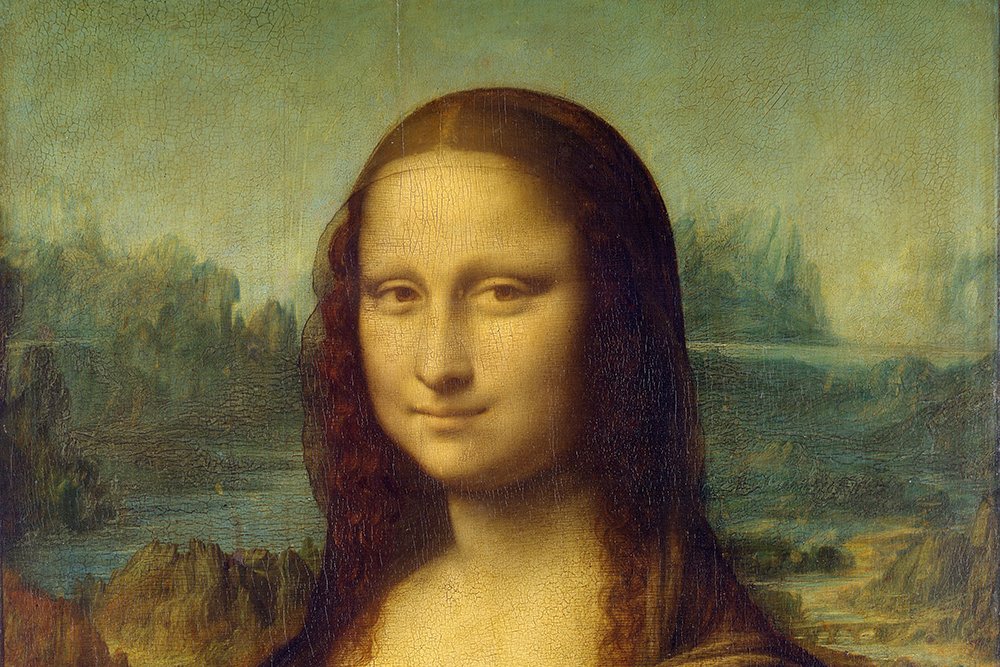
Italy, a land steeped in history, culture, and artistic brilliance, has long been regarded as one of the cradles of civilization. From the awe-inspiring ruins of ancient Rome to the grandeur of the Renaissance and beyond, Italy's artistic heritage is as diverse as it is rich. In this comprehensive exploration, we delve into the captivating world of Italian art, tracing its evolution from antiquity to the present day.
The roots of Italian art can be traced back to ancient times, with the rise of the Roman Empire marking a significant period in its development. The Romans were master architects, engineers, and sculptors, leaving behind a legacy of breathtaking monuments, such as the Colosseum, the Pantheon, and the Forum.
Roman art was characterized by its emphasis on realism and attention to detail, evident in the lifelike portraits and intricate marble sculptures that adorned public spaces and private residences alike. The influence of Roman art would endure for centuries, shaping the artistic traditions of subsequent generations.
Perhaps the most renowned period in the history of Italian art is the Renaissance, a cultural and intellectual movement that swept across Italy in the 14th to 17th centuries. During this golden age, Italy was home to a plethora of artistic geniuses whose innovations would revolutionize the world of art.
In Florence, the birthplace of the Renaissance, luminaries such as Leonardo da Vinci, Michelangelo, and Raphael produced masterpieces that continue to captivate audiences to this day. Their works, characterized by a renewed interest in humanism, perspective, and classical antiquity, set new standards for artistic excellence and creativity.
The Renaissance was not confined to Florence alone; cities such as Venice, Rome, and Milan also flourished as centers of artistic innovation. Venetian painters like Titian and Tintoretto excelled in the use of color and light, while Rome became a magnet for artists seeking patronage from the powerful papal court.
Following the Renaissance, Italy entered the Baroque period, a time of dramatic contrasts, emotional intensity, and grandeur. Baroque artists sought to evoke powerful emotions in their viewers, employing dynamic compositions, exaggerated gestures, and theatrical lighting to create works of stunning beauty and drama.
Leading figures of the Baroque era include Caravaggio, whose mastery of chiaroscuro revolutionized painting, and Gian Lorenzo Bernini, whose sculptural masterpieces adorn churches and public squares throughout Italy. The Baroque style would exert a profound influence on European art, leaving an indelible mark on the artistic landscape of the continent.
As Italy entered the modern era, its artistic traditions continued to evolve and adapt to changing tastes and influences. The 19th century saw the rise of movements such as Romanticism and Neoclassicism, while the 20th century witnessed the emergence of avant-garde movements like Futurism and Arte Povera.
Today, Italian art remains as vibrant and diverse as ever, with contemporary artists pushing the boundaries of tradition and innovation. From the provocative installations of Maurizio Cattelan to the visionary paintings of Francesco Clemente, Italy continues to be a hotbed of artistic talent and creativity.
Contemporary Italian art reflects the complexities of modern life, addressing issues of identity, globalization, and technology with wit and insight. Italian artists engage with a wide range of media and styles, from traditional painting and sculpture to video art, performance, and installation, forging new paths and challenging established norms.
In conclusion, the art of Italy is a testament to the enduring power of human creativity and imagination. From the classical elegance of ancient Rome to the revolutionary fervor of the Renaissance and beyond, Italian art has captivated audiences for centuries, inspiring awe, wonder, and reflection.
As we journey through the rich tapestry of Italian art, we encounter a dazzling array of styles, techniques, and movements, each bearing witness to the ingenuity and passion of its creators. Whether exploring the timeless masterpieces of the past or embracing the cutting-edge visions of the present, the art of Italy continues to enchant and inspire, inviting us to glimpse the beauty and complexity of the human experience.

More Details